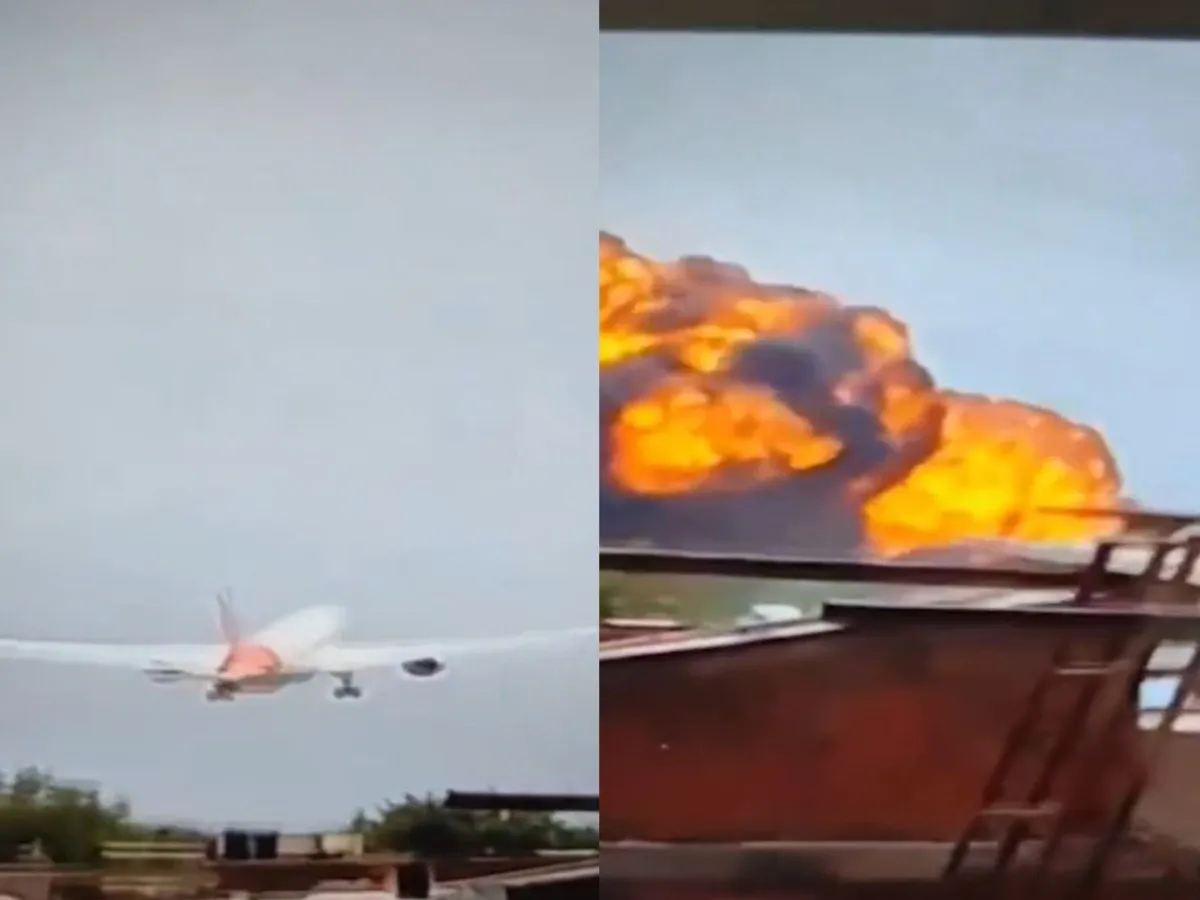The mysterious crash of Air India flight AI 171 has prompted one of the most detailed aviation investigations in recent memory. Central to this inquiry are the aircraft’s black boxes—devices that, despite the name, are actually bright orange for easy recovery. These boxes contain a wealth of data that could hold the key to understanding what caused the catastrophic incident.
The Recovery and Analysis
Flight AI 171, a Boeing 787 Dreamliner, crashed near Ahmedabad approximately two weeks ago. Since then, both the cockpit voice recorder (CVR) and the flight data recorders (FDRs) have been recovered—one retrieved a day after the crash, and the other a few days later. Both have since been transported to Delhi for detailed analysis.
There’s a common misconception about black boxes: while called “black,” they are highly visible bright orange devices. More importantly, there are actually three critical data components:
- Cockpit Voice Recorder (CVR): Captures the last two hours of cockpit sound—including pilot conversations and ambient noises.
- Two Flight Data Recorders (FDRs): Located at the nose and tail, they capture up to 88 different data points for 17–24 hours.
Why the Delay?
Many wonder why the data retrieval is taking so long. The answer lies in the complexity and condition of the devices. If undamaged, these recorders can simply be plugged in to extract data. However, in this case, both black boxes suffered damage, necessitating a meticulous process involving:
- Cutting open the sealed units without damaging internal components.
- Retrieving and potentially cleaning the motherboard.
- Transferring data to a functioning recorder for interpretation.
This multi-step process involves coordination between multiple entities, including the Indian AIB (Aircraft Accident Investigation Bureau), Boeing, the NTSB (National Transportation Safety Board, USA), and the recorder’s manufacturer.
The Challenges of Interpretation
Although data from the crash has reportedly been retrieved and is in good condition, interpreting it is another beast. The flight lasted less than 60 seconds—an incredibly short timeframe during which potentially multiple failures occurred simultaneously. The result is akin to a knotted ball of yarn: all the critical events are entangled, making it difficult to determine the sequence and root causes.
Possible Theories
Currently, investigators are exploring several theories, including:
- Total electrical failure
- Total hydraulic failure
- Dual engine failure
- Fuel contamination
- FADEC system malfunction
It’s confirmed that the Ram Air Turbine (RAT) deployed—something that happens only during significant system failures, which adds weight to these theories.
Historical and Technical Context
Black box technology has evolved dramatically from its World War II origins. The first versions recorded only altitude and radio status. Today’s devices are rugged—able to withstand 3,400 Gs of impact—and more comprehensive in data capture. Newer FAA regulations even mandate 24-hour CVR recordings for future aircraft.
Safety Reassurance
Despite the gravity of this crash, aviation experts maintain that such events are extremely rare. The probability of a dual engine failure on a Boeing 787 shortly after takeoff is estimated at 1 in 2.5 billion. That’s less likely than being struck by lightning or winning the lottery.
As the team works to untangle the data, one thing is clear: they are proceeding with caution and precision. Rushing to conclusions could lead to misinformation. The goal is not speed but accuracy—to ensure aviation safety going forward.





